

www.forbes.com/sites/johndr...

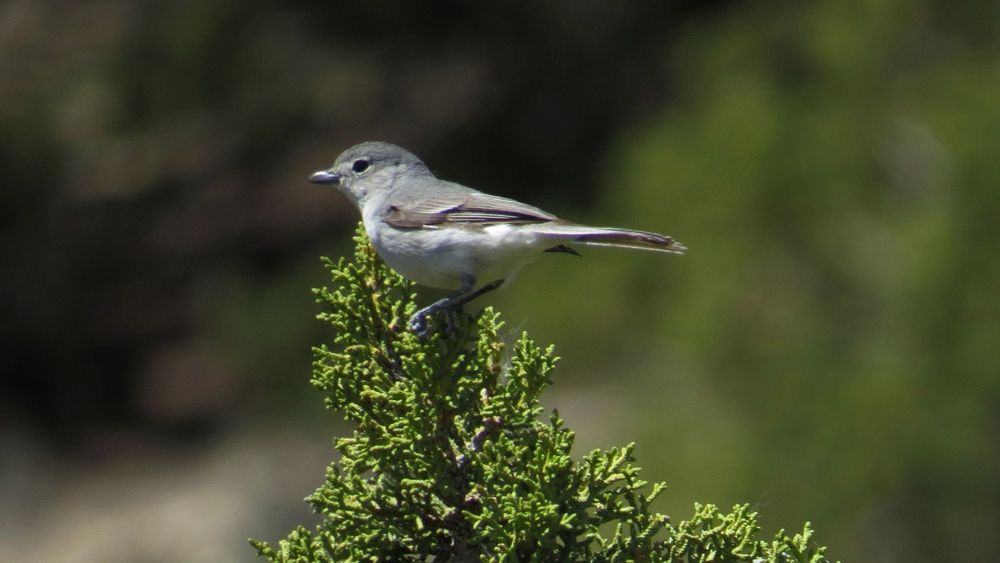
"Modelling transmission and control of Toxoplasma gondii in New Zealand farmland" royalsocietypublishing.org/doi/full/10....
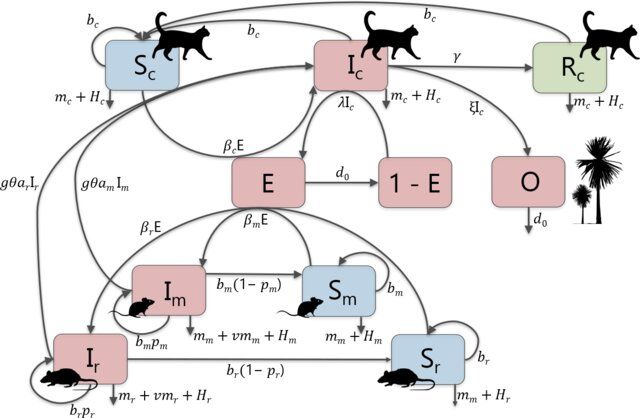
"Modelling transmission and control of Toxoplasma gondii in New Zealand farmland" royalsocietypublishing.org/doi/full/10....

www.biorxiv.org/content/10.1...

www.biorxiv.org/content/10.1...
link.springer.com/article/10.1...
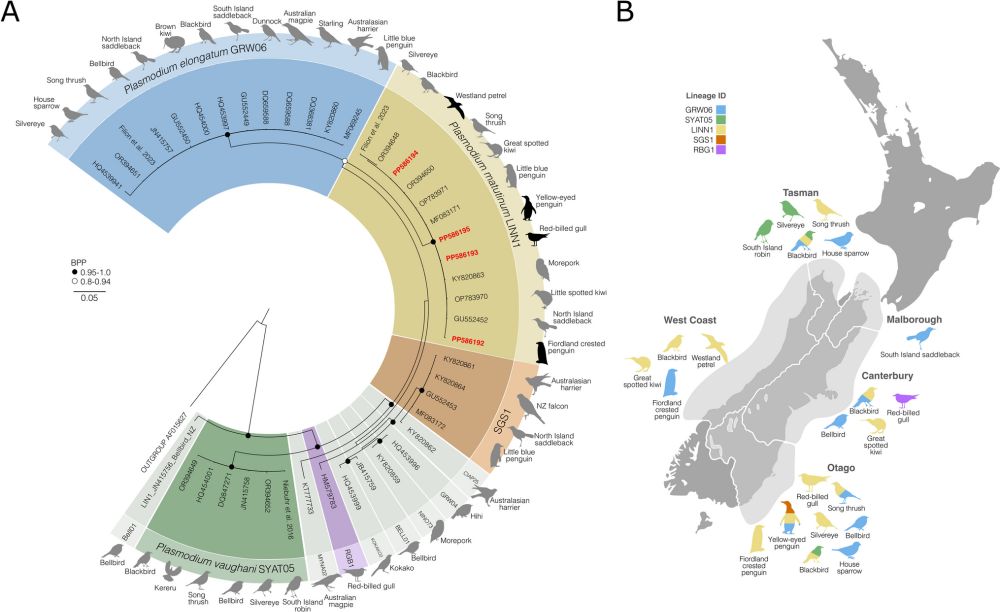
link.springer.com/article/10.1...
www.ucdavis.edu/climate/news...
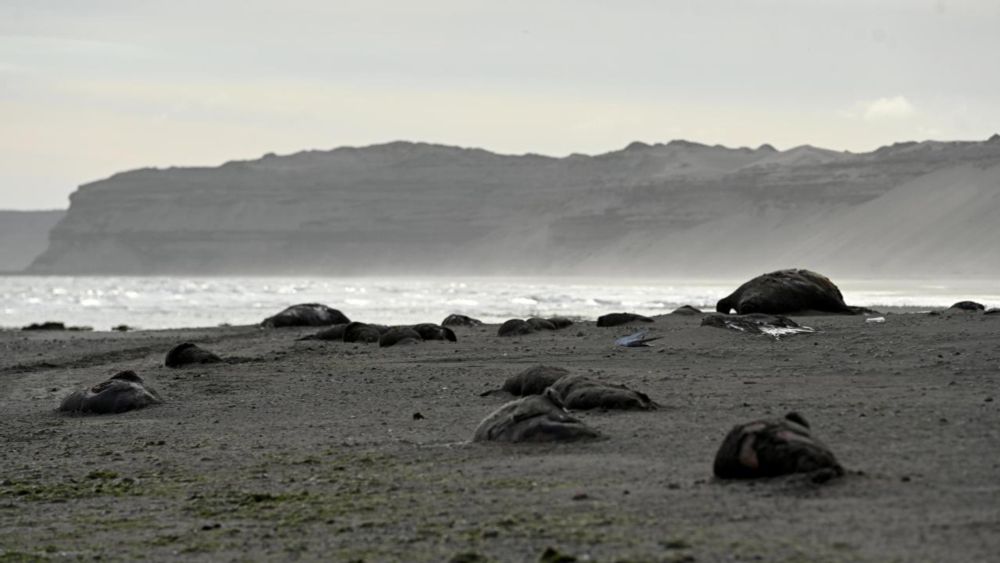
www.ucdavis.edu/climate/news...

Including this one by Jon Sullivan of Lincoln University, who we are currently collaborating with to investigate impacts of road-kill on native NZ avifauna.
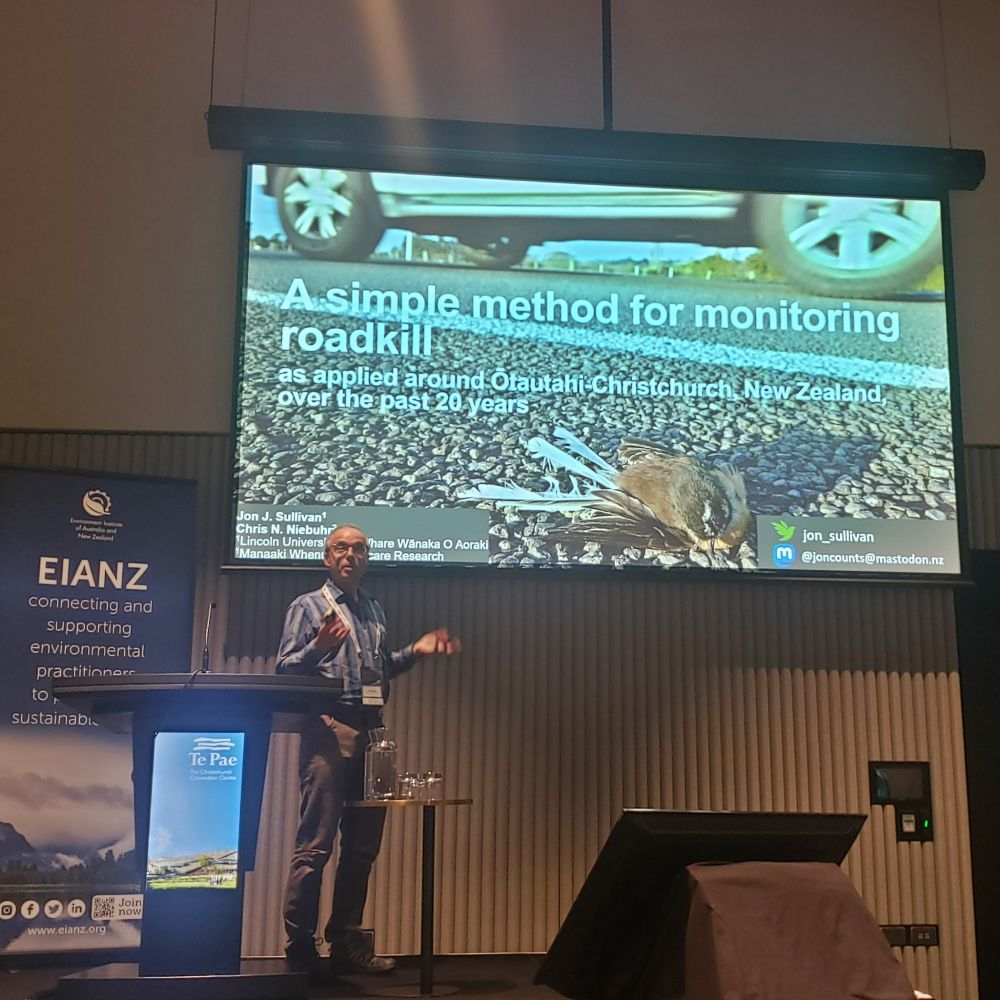
Including this one by Jon Sullivan of Lincoln University, who we are currently collaborating with to investigate impacts of road-kill on native NZ avifauna.
“The populations have basically taken a nosedive over the last 15 to 20 years as the climate has changed and mosquitoes are going higher and higher in elevation”
edition.cnn.com/2023/11/02/w...
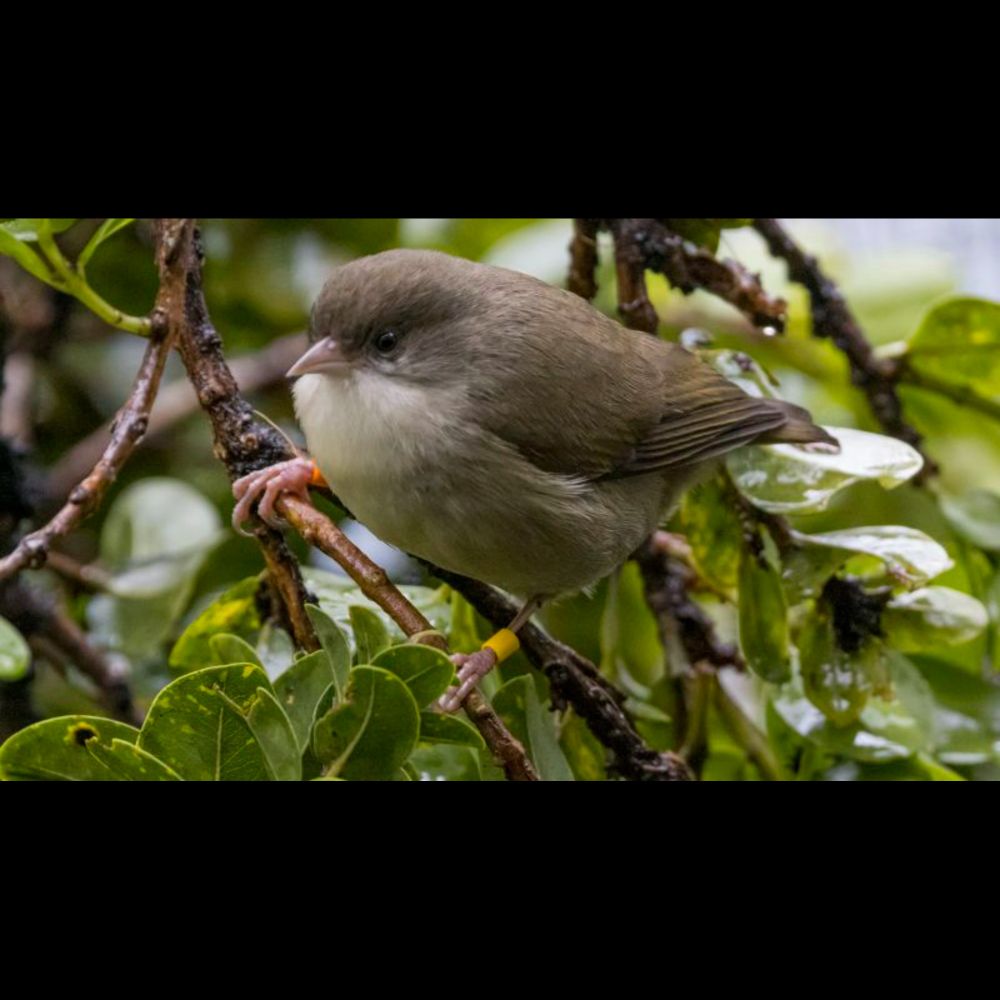
“The populations have basically taken a nosedive over the last 15 to 20 years as the climate has changed and mosquitoes are going higher and higher in elevation”
edition.cnn.com/2023/11/02/w...
🌎🧪
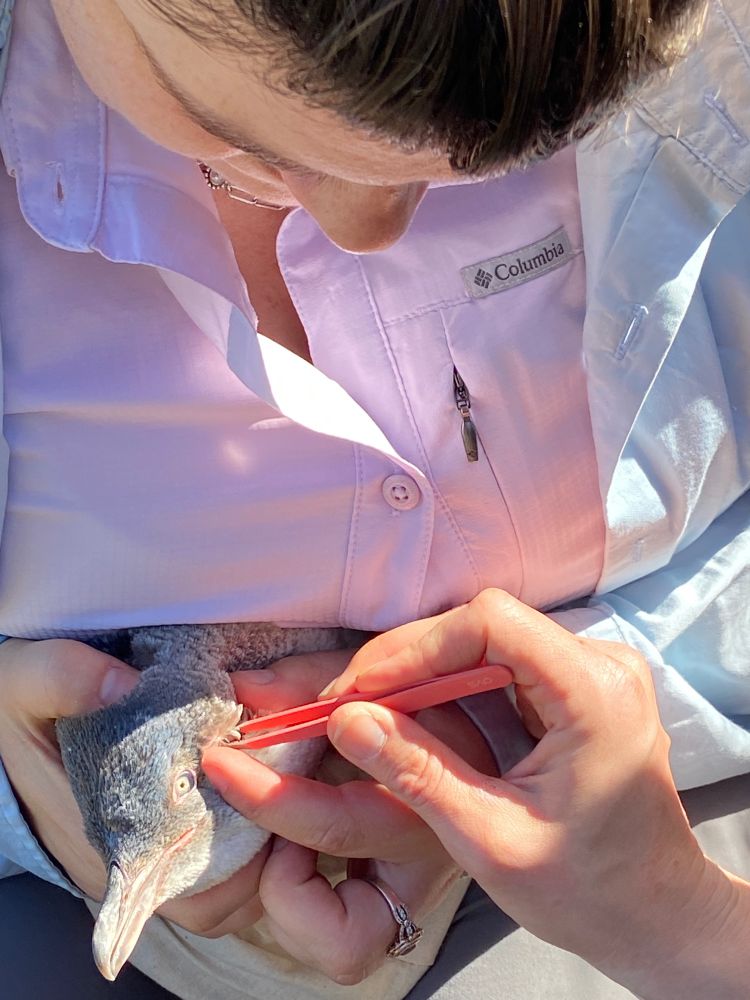
🌎🧪
- Did you also know that New Zealand has the highest rate of cat ownership in the world?
(Check out our latest review to learn more!) newzealandecology.org/nzje/3550
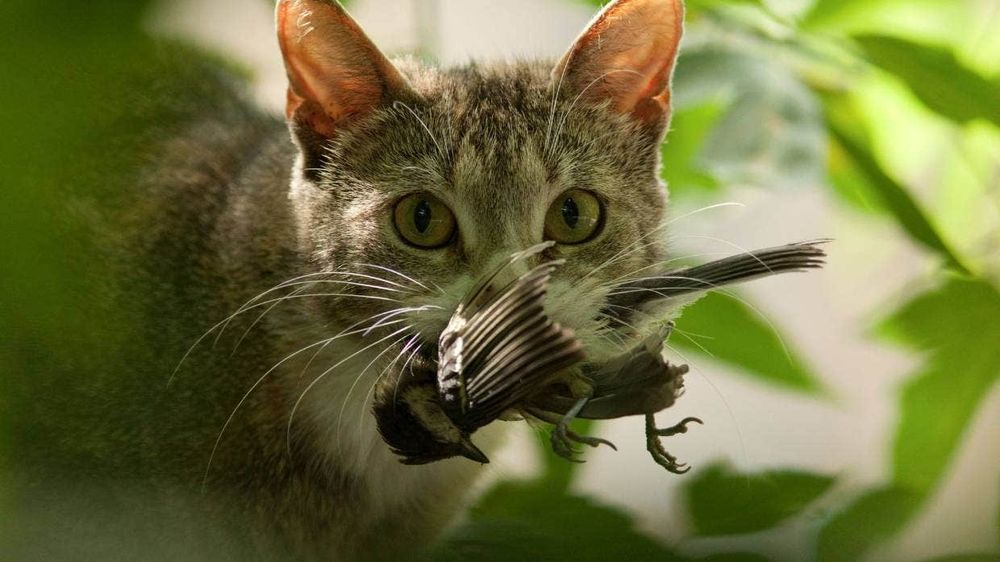
- Did you also know that New Zealand has the highest rate of cat ownership in the world?
(Check out our latest review to learn more!) newzealandecology.org/nzje/3550
www.stuff.co.nz/business/far...
www.stuff.co.nz/business/far...



